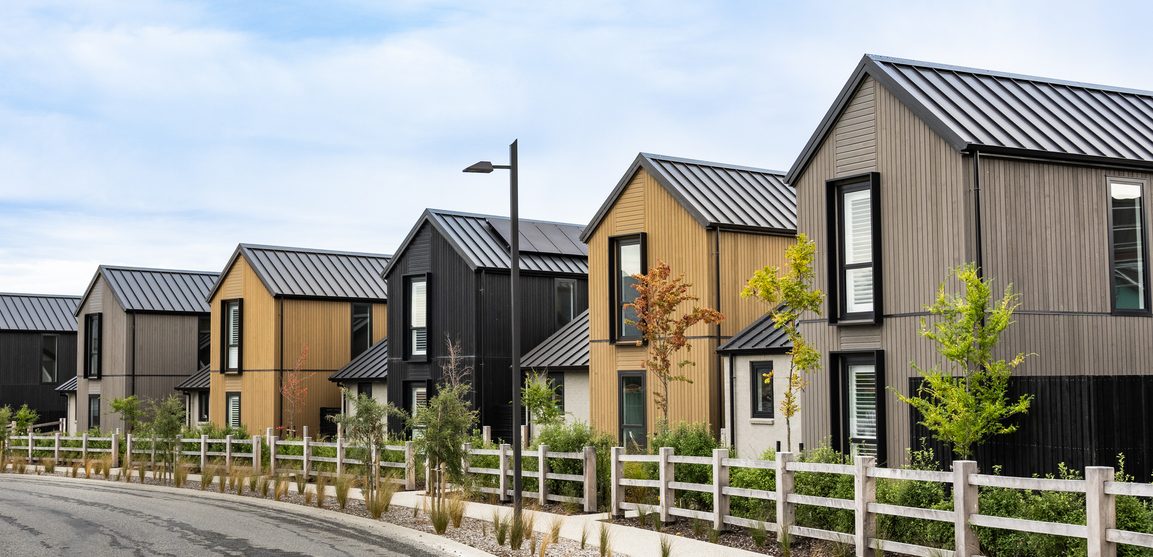In their latest report, the Real Estate Institute of New Zealand (REINZ) shed light on New Zealand’s property market’s contrasting narratives. Yet, in May there were promising signs of returning confidence, especially in the regions. Let’s unpack the key findings.
Sales volumes point towards emerging confidence
In an environment where buyers and sellers have been exercising caution, the REINZ data for May 2023 reflects a glimmer of hope with some regions showing an increase in sales volumes. Notably, seven regions (Northland, Auckland, Waikato, Wellington, Tasman, Marlborough, and Southland) have witnessed a substantial 30% or more boost in sales volumes month-on-month. Against the backdrop of easing loan-to-value restrictions by the Reserve Bank and stabilised interest rates, this positive trend may indicate a tentative return of market confidence.
A closer look at the data
Properties took slightly longer to sell, rising to 49 days in May 2023 compared to 43 days in May 2022, which could be a reflection of buyers acting cautiously in the current economic climate.
As for the national median price, despite a decrease of 8.2% year-on-year, in May the median price held steady at $780,000 month-on-month. For New Zealand, excluding Auckland, the median price experienced a drop of 6.5% year-on-year to $685,000 and a slight dip of 2.1% compared to April 2023.
But while the broader market saw median prices soften, several areas bucked the trend. Grey District and Waitomo District set new benchmarks with astonishing year-on-year growth rates of 18.7% and 53.4%, culminating in record median prices of $400,000 and $655,000, respectively. In the meantime, Nelson saw a 2.7% year-on-year increase and a 6.9% month-on-month rise in its median price, climbing to $770,000. And the West Coast region experienced a robust month-on-month increase of 3.1%.
Seller behaviour and buyer opportunities
According to REINZ, anecdotal evidence suggests that while some sellers are meeting the market realities, others who bought at the peak of the market may be holding out for higher sale prices. This hesitancy could account for some properties remaining on the market for extended periods.
“Inventory levels look to have stabilised with only a slight increase in stock levels. We have seen low levels of property coming to market across the country for much of this year and, as sales volumes are back at more normal levels, we may be seeing the beginning of a shift in the balance of supply vs demand,” Baird said.
On the other hand, first-home buyers are showing increased interest due to easing loan-to-value restrictions and growing optimism. But uncertainty remains: “It’s clear that current high interest rates combined with a tight economy, are still influencing the market as buyers continue to act with caution while economic headwinds play out,” Baird explained.
We’re here to help
Are you thinking about buying your first home or the next one? Get in touch. As mortgage advisers, we can help you understand your options and make the process as smooth as possible. Please don’t hesitate to contact us.
Disclaimer: Please note that the content provided in this article is intended as an overview and as general information only. While care is taken to ensure accuracy and reliability, the information provided is subject to continuous change and may not reflect current developments or address your situation. Before making any decisions based on the information provided in this article, please use your discretion and seek independent guidance.

